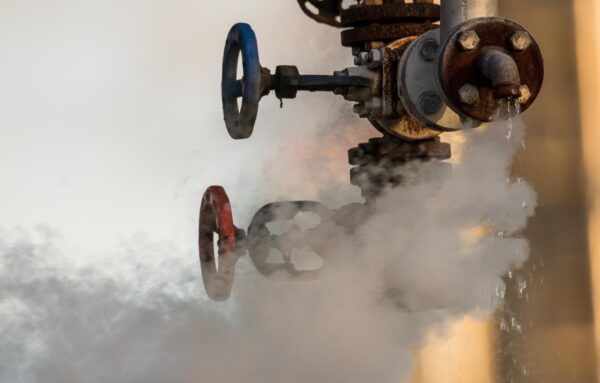
Don’t Get Burned by Hot or Molten Materials
Some lessons are taught through instruction and some through experience — lessons like don’t touch the stove while it’s turned on, don’t run barefoot on the blacktop in the summer, or some hot springs are just for looking at, not for swimming. Similarly, those of us with fair skin likely learned the importance of applying sunscreen and scoping out shaded areas for protection from the sun. These tips were important to learn early on because they taught us one important lesson: don’t get burned, whether by the sun or any other hot or molten materials.
These childhood lessons are a great baseline of knowledge in adulthood, but just as with anything else, we need to develop additional practices as our exposure to the elements increases.
Hot or Molten Materials at Work
The dangers of hot or molten materials at work demand a large degree of respect and care in order to manage safely. This is true for every business that works with these products regularly. For instance, Savage operates in numerous industries involving the storage and refinement of hazardous chemicals, oil, and other precious fuels. This has given us a unique opportunity to train our Team Members on how to spot hazards and minimize risk.
The critical hazards are found in numerous places, including:
- Hot water/steam from boilers, pipes, and vats
- Hot molten or liquid products that must be transferred or transported, such as sulfur or ammonium nitrate
- Hot solid products, like petroleum coke
- Discharge and/or friction caused by moving parts and engines
Living in a society that is powered by many of these products, the services performed within these industries are important to everyone, and the safety of Team Members and colleagues is the top priority. If you work with any or all of the hot or molten materials listed above, then your facility likely has numerous tools in place to make sure you don’t get burned. These may include:
- Proper PPE such as protective coveralls, gloves, facemasks, and insulated hoses
- Equipment such as fire shields, guard rails, and handling tools, like tongs or heavy machinery
- Clear and effective signage posted where exposure to these materials is a possibility
- Consistent safety briefings and training to instruct Team Members on new developments within the facility, as well as reminding them of best practices
Zero incidents is always the goal. To achieve it, we must be mindful of our surroundings and careful as we are handle our equipment.
Don’t Get Burned by Poor Training
Whether we are young or old, at work or at home, we can only be as safe as we learn to be, and according to the PPE to which we have access. For example, being taught that safety gloves must be worn around hot steam valves at the factory is just as important as learning to wear gloves while washing dishes in scalding water in the kitchen. The right equipment, the right processes, and the right mindset all contribute to keeping us out of the burn unit.
These elements are especially important when training for work, where hot or molten materials can injure not only you, but those around you as well.
- Lockout tagout procedures are essential for work on any steam or hot-product lines, including mobile equipment.
- Be mindful of welding safety. Keep the work area clean and clear of flammable debris.
- Schedule frequent inspections to monitor equipment, with an eye out for temperature/pressure gauges, process readouts, valve configurations, etc.
- Develop and practice good communication at the worksite so everyone on site is aware of what’s going on.
- Be mindful of hot surfaces for mobile equipment, like the hood of a vehicle or fuel lines.
The more diligent you are, the more you can avoid serious injuries and/or fatalities both at home and at work.
Burn Treatment
In the event that contact with hot or molten materials does occur, it’s crucial to be trained in first aid techniques so as to provide quick and essential burn treatment.
- Shut down nearby machinery and/or move the victim to a safe area.
- Remove contaminated or obstructive clothing and jewelry.
- Apply cool running water and a cold compress to the affected area.
- Call medical professionals immediately.
In some situations, medication or lotions may be used, but it is best to seek professional medical help in the case of severe burns.
Following these guidelines is much like the lessons we were taught as kids: if we use protective equipment, are mindful of our surroundings, and keep our distance from hot or molten materials, we don’t get burned.



